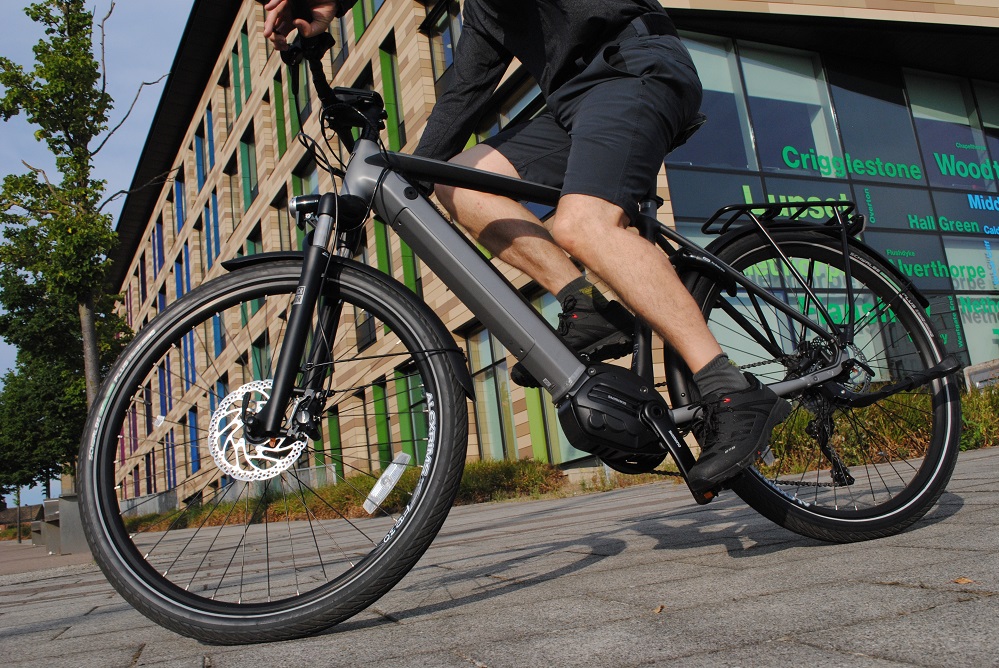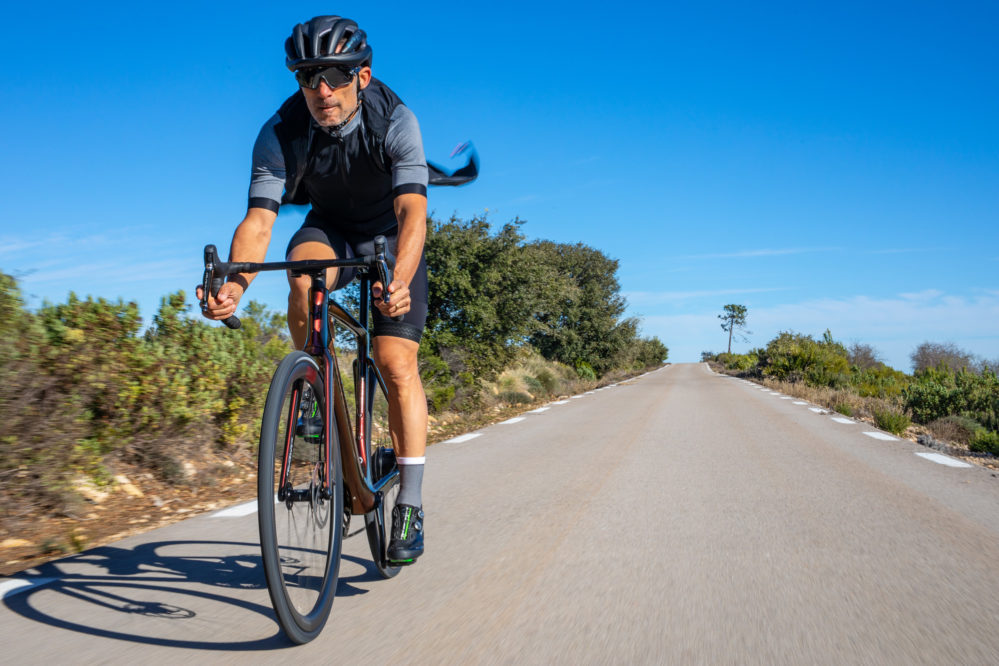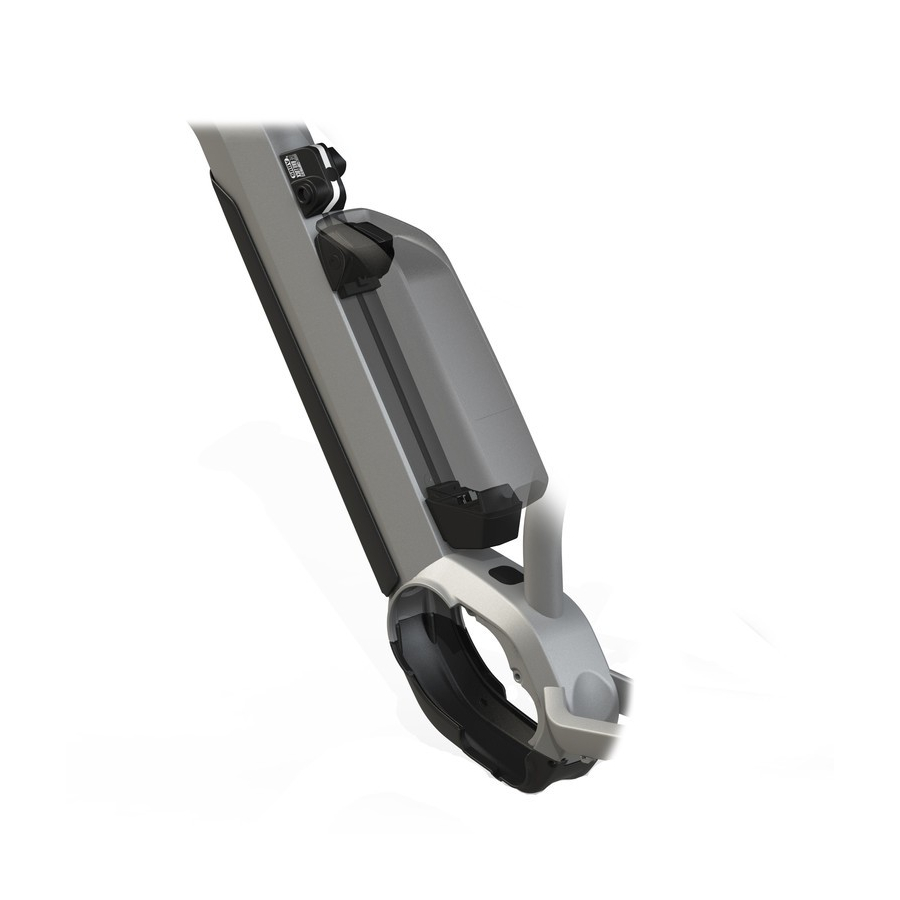How To Get The Most Range & Life From Your eBike Battery
There are two things you want to achieve with your e-bike battery. Firstly, whatever size the battery is in watt-hours (Wh), you will want to make sure you know how to get the most range out of it, as running out of battery is the last thing anyone wants to do and the longer you can go without charging the more useful your e-bike is. Secondly, you will want to look after it to maximize its lifespan; the battery is far and away the most expensive ‘consumable’ on any e-bike so of course the longer it lasts the better it is for your wallet. Additionally looking after the battery carefully will also help you get the most range out of it; all batteries decline in capacity over time but those that are treated more harshly show a greater decline. Read on to find out how you can achieve both ends.

You want to make sure your battery will perform to its full potential
Maximising Range
We’ve all seen e-bikes advertised with a range ‘up to’ a certain limit. But how do you know you can achieve that range? Of course, until you try any e-bike out in the real world – with your body weight, your style of riding, and over the kind of terrain you use it in – you won’t. And range claims are often based on laboratory conditions, or at least conditions so benign they are not likely to be replicated in the real world very often. But you can make sure you maximize the range of any e-bike – and with today’s ever-more energy-dense lithium-ion batteries that can be quite significant. Here are EBR’s top tips for getting the most miles per charge.
Get the right bike for your needs
You might think getting the largest battery possible (or at least the largest one you can afford) is all you need to do. Today 500Wh capacity batteries are pretty standard and battery combos on individual bikes in excess of Wh1100, once very rare, are increasingly frequent. But, if you are still at the buying stage, before you sink you money into the biggest battery out there, think about the following points too. These will help you get more range so you needn’t plump for the e-bike with the biggest battery and end up with a heavy e-bike and a light wallet!

Mid-drives are inherently efficient and so will extend the range of your battery, compared to a hub motor, all other factors being equal.
Get the Right Kind of Electric Assist System
Crank drives (also called mid-drives) are generally more efficient than hub motor systems (ie use less battery power) and are good hill climbers too. This is especially so on hybrid and e-mtb designs. This is because they ‘leverage’ your bike gears; that is to say the motor comes before the rear wheel gears in the sequence of power transmission, so as the chain and chainwheel keep rotating a fairly steady, comfortable-to-pedal speed (this being the point of bike gears) so does the motor, allowing it to work within a fairly narrow and efficient range of speeds. By contrast hub motors have to operate at the speed at which the wheel is turning and so have to operate over a much broader and more inefficient speed range.

Lightweight hub motors like this Cytronex can be as efficient as mid-drive motors
Having said all that, some small, lightweight hub systems like Ebikemotion and Cytronex are can prove pretty efficient because usually they are frugal with the amount of power they require and the overall design of the bike they are fitted to is usually very efficient and very light (think lightweight city e-bikes or lightweight e-folders). Of course, such systems require a bit more human input than a powerful mid-drive, especially if they are going to be equally efficient and they are also more likely to come with a smaller, weight saving battery than a more powerful mid-motor powered e-bike.
Get the Right Bike Design

Do you really need an e-mtb? If not you will get more range without knobbly tires and full-suspension.
Mtb, hybrid or road design? If you’ve tried out different non-electric bikes you’ll know how much harder it is to pedal a full-suspension mountain bike with wide, knobbly tires compared to a slick road bike. So, unless you are going to be venturing regularly onto tough off-road conditions, don’t opt for a bells and whistles e-mtb, sexy though they may look. A suitable hybrid design may well give you some off-road ability and more range.

A good quality hybrid e-bike like this Cube Kathmandu model can tackle moderate off-road terrain and will give more range than a full suspension e-mtb
Get the Right Motor
How powerful do you need the motor to be? The major manufacturers of crank motors (Bosch, Brose, Shimano and Yamaha) all have a range of motors with some options rated as less powerful. Less powerful options are still very capable, so unless you are really convinced you need a really powerful motor for extreme off-road use or heavy load hauling, look at the less powerful options. They will save you money and weight too!

Mid-range mid-drives like Bosch’s Active Line Plus are a good compromise between having plenty of power and extending the range of your bike battery.
Bosch’s new Active Line Plus motor and the new Shimano E6100 are both mid-range, relatively light and efficient mid-motors and get great reviews in tests.
Easy to Pedal Above the Cut Off Limit?
How easy is the e-bike to pedal above the power-assist cut off limit (15.5mph in the EU, 20mph in USA)? It’s most likely you will want to pedal above the assist cap and when you are doing so you are not using battery power and so extending range. E-bikes vary as to how easy or hard they feel to pedal above the limit; I’ve found the Active Line Plus relatively easy. Small hub motors with a good freewheel like the Cytronex can be even easier above 15.5mph.
Don’t Chase A Few Hundred Grams eBike Weight

Opting for an ultra-lightweight e-bike like the 10.7kg Willier Hybrid Cento 10 might look like a good way to gain battery range but other factors like your body weight may be more important.
Total e-bike weight may be less important than you think in terms of extra weight reducing range (though it may well be a big consideration if you need to lift the e-bike upstairs for example). A few hundred grams, or a few ounces, are unlikely to make a big difference when you realize that they are a very small percentage of the total weight of the rider and e-bike. If you are talking several kilos/pounds difference though this may well start to impact range. If you consider yourself overweight a more effective way to get more range from your battery may be to lose weight.
Big Batteries Are More Important Off-road

Haibike have designed the capability to add a second battery into their e-mtb frames.
On an off-road style hybrid or e-mtb a big battery can certainly help to get good range. Battery size is measured in watt hours (Wh) and 500Wh and 625Wh are now fairly common (though 300 and 400Wh batteries are often specced to keep e-bike prices down). There are a few bikes around with well over 625Wh – if you want to go long distances off road on an e-mtb design you might want to consider a dual battery setup like that available on many Haibike e-mtbs.
Real World Riding Tips
Turn the Power Down

Keep an eye on power levels to extend your battery range
Most obviously, you can turn the power level down on an e-bike. You may well need the top ‘turbo’ type setting to power up a very steep off-road hill, but often you will find a lower power setting will speed you along as fast, or almost as fast as a higher power setting. For example, the lowest power level on Bosch’s most powerful motor setting augments your pedal power by some 50% whilst the top turbo setting adds 300%!
Some e-bikes come with a digital display that shows a power meter. This allows you to see just how much electrical power is being delivered – for example, Bosch’s Intuiva and Kiox displays have this feature. You’ll see that often you can change down a gear and use less power whilst still keeping up a reasonable speed, so less power doesn’t inevitably come at the expense of less speed.
Lose a Bit of Speed
The more speed you e-bike at the more wind resistance the motor has to overcome and the more power it uses. Other factors being equal, next to very steep hills, increasing wind resistance makes the greatest demands on battery capacity. You should find reducing speed from the maximum assisted speed of 15.5mph by just 1 or 2 mph should help give more range.
Get the Right Gear and Cadence and Keep the Bike Well-maintained
Using the gears allows you to get a pedaling action that feels light and easy (the speed of the pedal action is known as cadence) and it will be most efficient for the motor and help increase range. Don’t jump straight up to the higher gears and pedal hard -it’s bad for range, for the bike and for your knees!
Maintaining correct tire pressure, an oiled chain, and keeping all mechanical parts well-maintained is not just important for riding safety but also helps keep your range up.
Look After Your Batteries for Maximum Range

Look after your battery and it should last for many hundreds of charging cycles.
Lithium-ion batteries do degrade (very slowly) by their nature. However, good care of a battery will stop it losing capacity through sub-optimal treatment, so try to follow these tips:
1. Batteries have an optimum operating temperature – around room temperature. Charge indoors in very cold weather and keep them inside until you need them.
2. Persistent over or undercharging will damage a battery. Never use a battery charger that wasn’t specifically made for your battery. Buy a good quality e-bike as they are more likely to have reliable BMS (battery management system) units which also help prevent overcharging and discharging. Don’t leave a lithium battery connected once fully charged.
3. Be wary of cheaper batteries with suspiciously high claims for battery life and the number of charge cycles they will last – they may be easier to under and overcharge.
4. Avoid vibration and shock to a battery through rough handling or careless treatment.
5. Try to avoid long-term storage, but if you do need to store a lithium battery for a period of months check what the maker’s recommended discharged state is for storage.
Stay tuned for more e-bike news and reviews and thanks for reading!
-Rich



This last sentence “if you do need to store a lithium battery for a period of months check what the maker’s recommended discharged state is for storage.” isn’t very helpful and could have been omitted.
Yes Paul, It isn’t very helpful but needn’t be omitted. The writer could have added the general guideline of store it at about 50–60%. Of course battery chemistries are developing and this could change AND is why different mfgs might have different specs. The article did leave out the generally standard specs that Apple made clear = for battery lifetime keep charge level between 40 and 80% most of the time. If you are going on a long ride charge it to 100% just before you leave and if you need the range take it down as far as you need to–high charge and low charge stress the battery a bit–it’s not a disaster to do either but don’t do it repeatedly. It is a pain to keep the charge between 40 & 80% so I just ball park it on my bikes, laptops, iPad & phone–all lipos an Li-ion packs..
Now that is helpful.
I THINK IT WAS HELPFUL.(REMINDERS ARE A GOOD THING).
I found this article good for calculating the variables: https://bikecalculator.com/examples.html
Hard to determine % and available distance as battery level seems to go down quicker at the lower end.